6. Jeanne Dielman, 23 Commerce Quay, 1080 Brussels
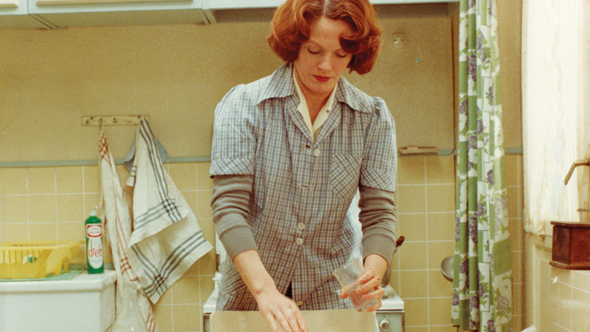
This film is often hailed as one of the earliest feminist masterpieces, and it’s hard to argue against that. Chantal Akerman’s glacialy slow experiment Jeanne Dielman, 23 Commerce Quay, 1080 Brussels is one of the most rewarding films in history. You aren’t watching a blatant story, but more of a single plot point that takes place for over three hours.
The titular Jeanne lives her everyday life by keeping to herself and trying to take care of her son. She is in a position where she has to partake in sex work in order to stay afloat (and not as a decision of her own desire). You slowly see the same rituals and habits over the course of three days, and each series of routines begins to show how Jeanne is disintegrating slowly on the inside. Once you reach the conclusion, you’ll understand the lengths a mother will go through to protect her child.
7. The Color of Pomegranates
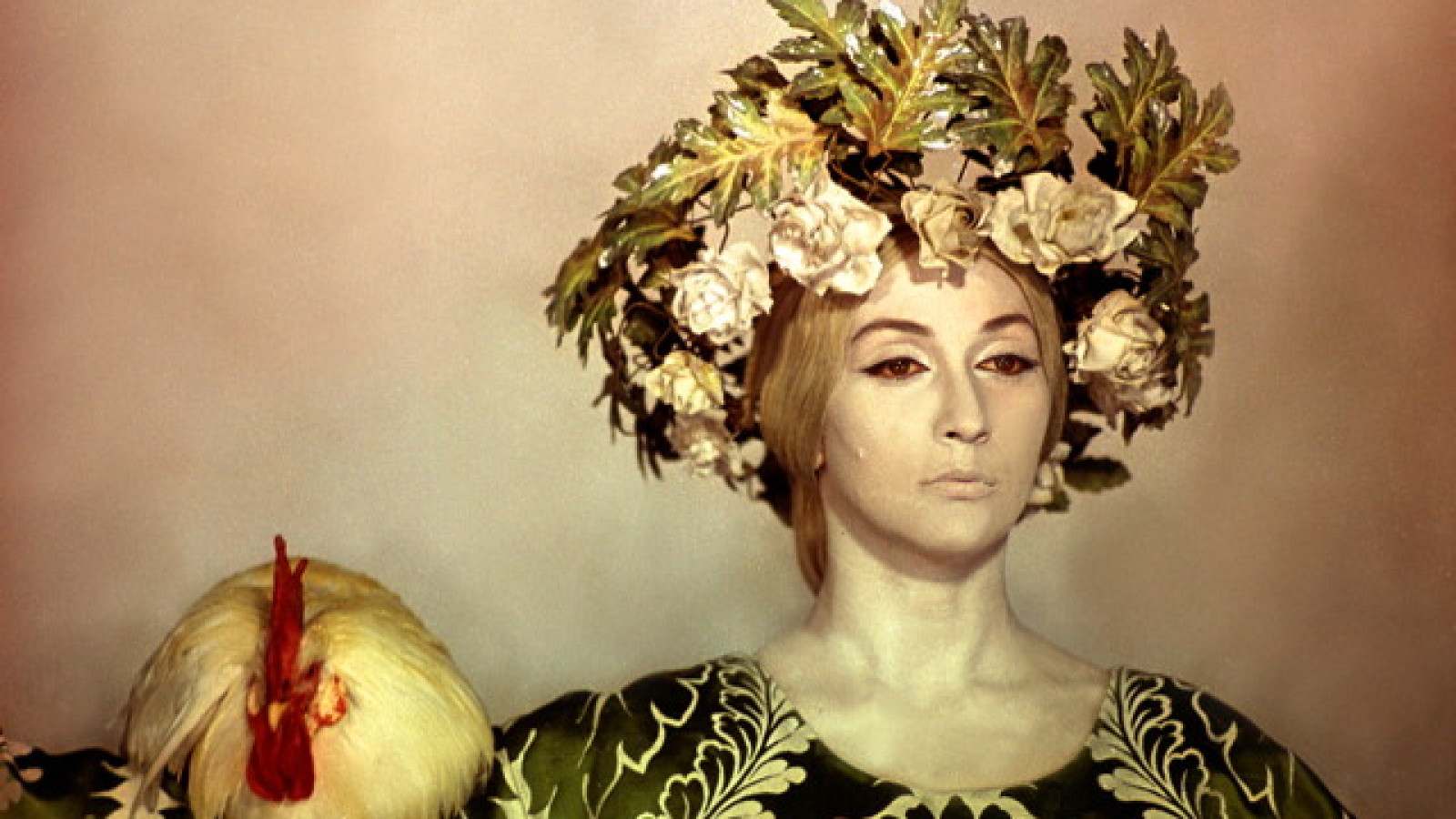
Armenian singer and poet Sayat-Nova clearly intrigued filmmaker Sergei Parajanov deeply. Parajanov’s answer was to create a film that depicted Sayat-Nova’s life as a cinematic take on his works. The Color of Pomegranates is not a clear biopic in the conventional sense. It is a series of vignettes that play out as moving photographs; they sit still in place but are in constant motion. Each image is a treasure trove of symbolic images all infused into one engaging experience.
The mise-en-scene is some of the greatest in film history, and even the choreography is astounding in an atypical sense (watching motion in place aside from a moving shot is refreshing). Understanding Sayat-Nova’s life through this tribute may be hard if you know nothing about the ashug, but you can understand Parajanov’s love for his work through The Color of Pomegranates: an hour-and-a-half long living religious icon.
8. The Mirror
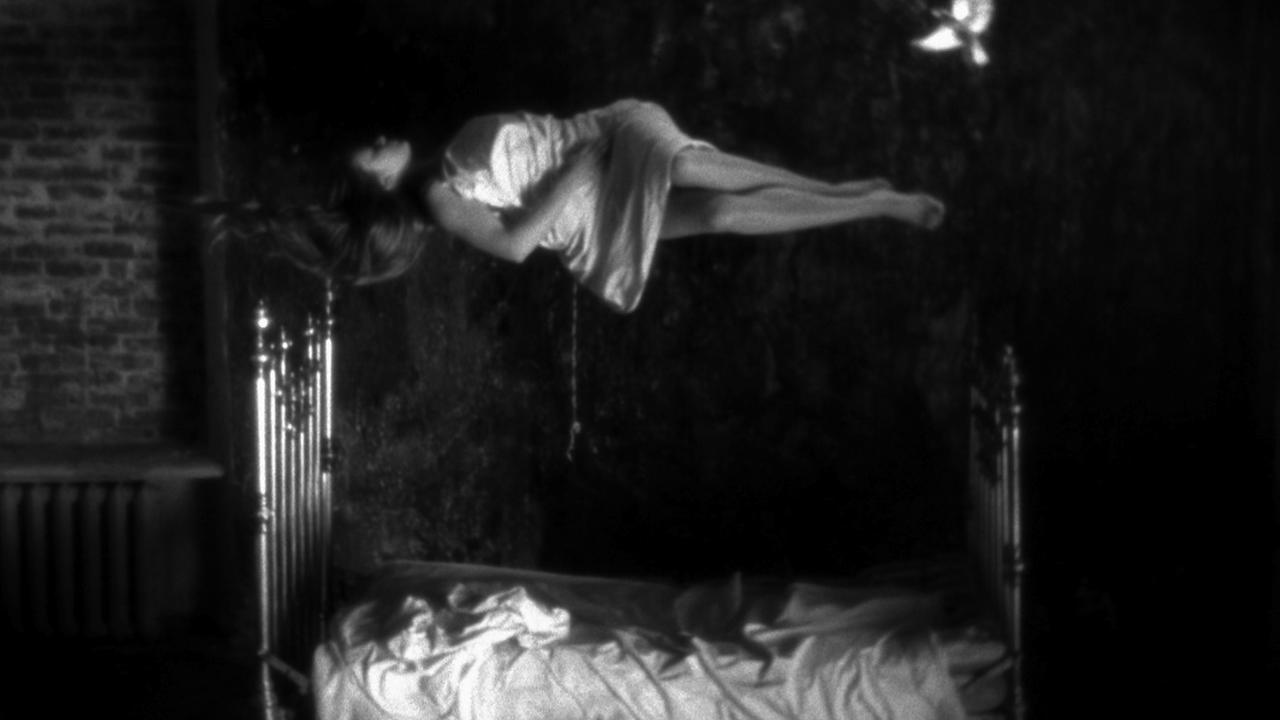
Anyone knows that Andrei Tarkovsky’s films require the utmost patience, and the result is a cinematic experience you will never witness again. In The Mirror, you aren’t quite given a lot of story in a conventional sense. If anything, all of the series we view are more like a recollection of memories in a jumbled order (as if we are grasping onto a poet’s dying thoughts in an accession of some interpretational variation).
Some of the images are unbelievable in a sensational (and sometimes literal) sense. A farm burning is so overwhelming to witness. Sometimes, beings can even levitate before your very eyes. For a film from 1975, these special and practical effects are incredibly advanced (and each illusion pays off). The Mirror is one’s self-reflection protected by their own understandings. It may not make complete sense to you, but the result is beautiful.
9. The Phantom of Liberty
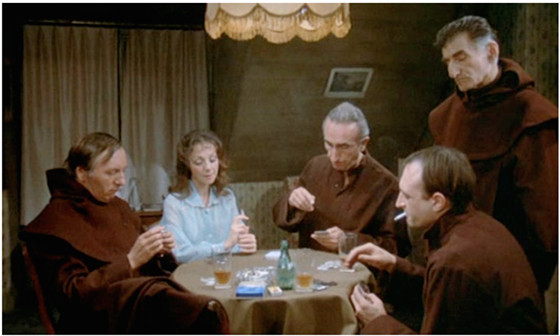
Luis Buñuel is one that loves to destroy conventionality of any sort. He challenged beliefs, politics, and the bare basics of filmmaking on such a common basis during his career. Like other filmmakers on this list, it may be hard to pick just one Buñuel example for this list. The Discrete Charm of the Bourgoise gets mentioned often, so let’s pass the torch to a film like The Phantom of Liberty for once.
Like a number of Buñuel’s satirical works, The Phantom of Liberty is a tounge-in-cheek take on political parties connected together by eclectic skits that have nothing to do with one another in any obvious way. The goal was to worry about what incoming tale would be thrown our way (almost like our fear of what policies will be signed into place by the government).
Here, every outcome is outrageous, wacky, and from another reality. The Phantom of Liberty exercises its right of free speech by saying whatever it wants (whatever the hell it may be).
10. Wavelength
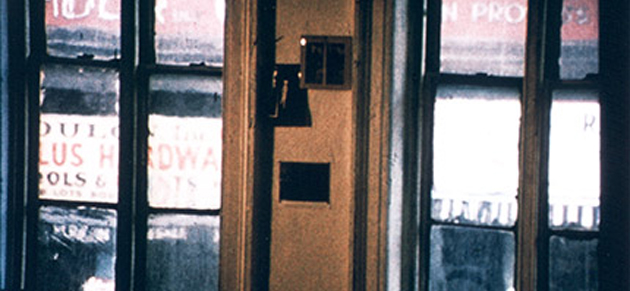
Michael Snow is an experimental figure that is important to both avant-garde and Canadian art of many forms. His most famous work to many outside of Canada and experimental film cultures is likely Wavelength. Wavelength is such an influential film, that a genre of works is named after it. This is a 45 minute (just on the cusp of being a feature) focus on how a set and atmosphere can tell as much of a story as actual dialogue can.
The duration of the picture slowly zooms into a focal point within a room while actions happen around the center (their importance is debatable to the viewer). This is life passing us by. This is the inability to change where we look, and the understanding that we can still experience something with this limitation. With high pitch noises and shifting colours, this is also a bastardization of what we think we know.